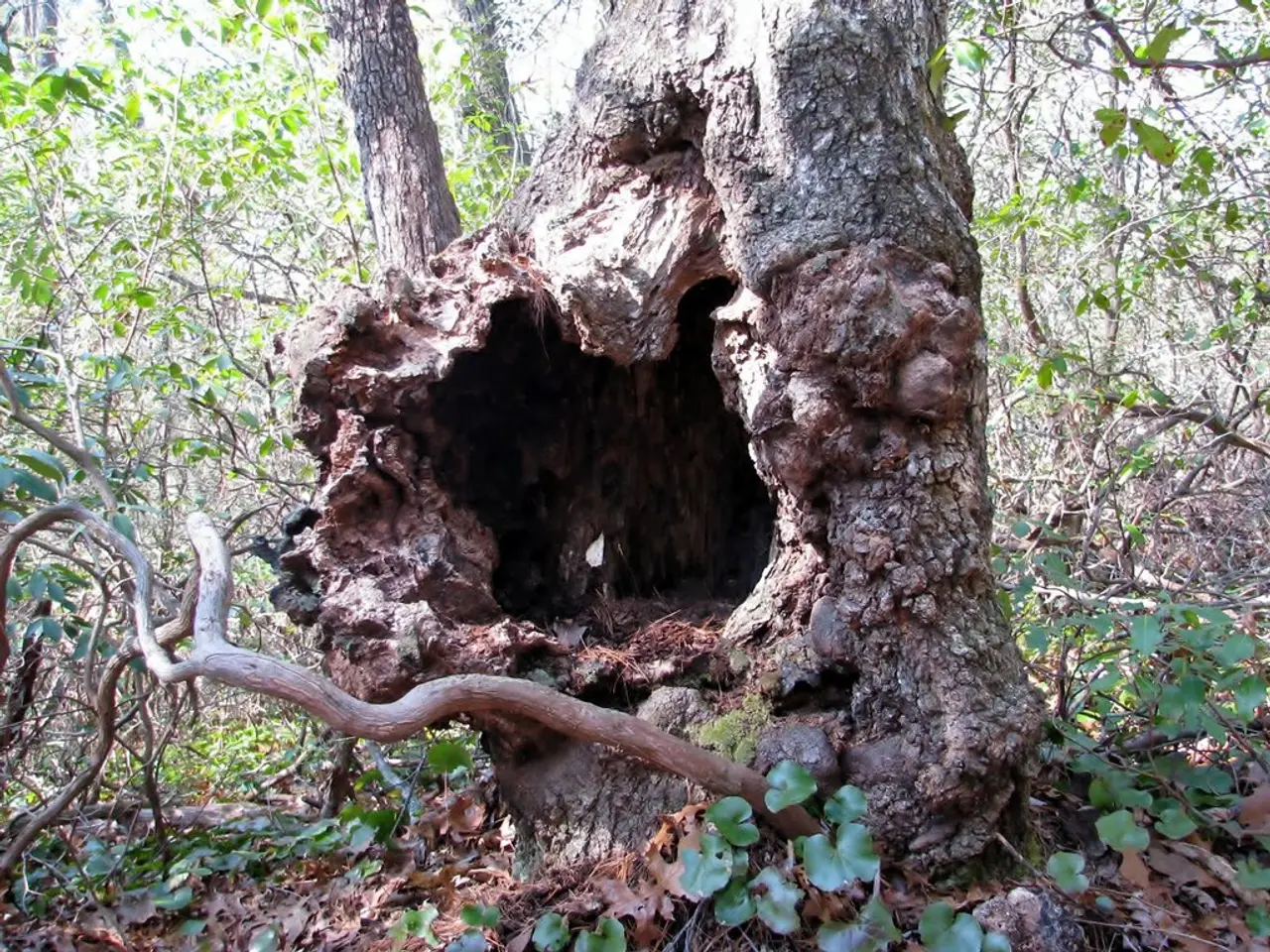Guide to Encouraging Bonsai to Produce Additional Branches
For bonsai enthusiasts, promoting new branch growth is essential for maintaining the health and vitality of their trees. By employing a combination of pruning, defoliation, and regular maintenance techniques, bonsai owners can effectively stimulate new branch development.
Pruning plays a crucial role in shaping growth and controlling where branches grow. Trim back shoots that grow too long, cross other branches, or grow awkwardly, making clean cuts just above healthy buds to encourage compact, controlled growth and stimulate new branch formation. For dense branching, cut back new shoots after 3–4 nodes to 1–2 leaves, especially during spring and summer.
Defoliation, the process of removing leaves from the bonsai tree to encourage new growth, is another important technique. Selectively remove leaves during the active growing season (late spring to early summer) to redirect the tree’s energy towards developing new buds and branches. Carefully remove most leaves but leave one or two pairs at branch tips, allowing more sunlight and air to inner branches and promoting bud formation. Deciduous trees like maples and elms tend to respond better to defoliation than evergreens like junipers or pines, as they don't recover well.
Regular maintenance, including watering properly, applying balanced fertilizer monthly in growing seasons, and repotting every few years with root pruning, is vital for keeping the tree healthy and vigorous, which supports branch development.
When pruning, aim for bifurcation and directional control by cutting above leaves/nodes where buds exist to encourage side branching. For species with paired buds at each leaf base (e.g., Japanese Maple), pruning just above these buds stimulates two new branches, leading to better ramification.
Defoliating a bonsai allows for better light distribution throughout the tree, improving overall health. Necessary tools and equipment include sharp, clean, disinfected pruning shears, wire cutters, bonsai training wire, and bleach for sanitizing tools. New buds will emerge from old branches after approximately 4-6 weeks of defoliation.
Before starting any major pruning or defoliation, ensure the bonsai is healthy and well-established. Overdoing defoliation can shock the bonsai tree and cause permanent damage, stunting future growth potential. With careful planning and execution, bonsai owners can successfully encourage new branch growth, reshape their trees according to preference while preserving natural beauty, and ensure the longevity of their beloved bonsai.
[1] Bonsai4me. (2021). Pruning Bonsai Trees: A Complete Guide. Retrieved from https://www.bonsai4me.com/blog/pruning-bonsai-trees-complete-guide/
[2] Bonsai Empire. (2021). How to Prune Bonsai Trees. Retrieved from https://www.bonsaempire.com/how-to-prune-bonsai-trees/
[3] Bonsai Tonight. (2021). How to Prune Bonsai Trees: A Step-by-Step Guide. Retrieved from https://bonsaitonight.com/how-to-prune-bonsai-trees-a-step-by-step-guide/
Incorporating pruning techniques and defoliation into a home-and-garden lifestyle is beneficial for stimulating new branch growth in bonsai trees, thus enhancing their health and contributing to a rewarding gardening experience. By following guides from reputable resources such as Bonsai4me, Bonsai Empire, and Bonsai Tonight, bonsai owners can effectively implement bonsai training methods that promote compact, controlled growth and better ramification in their bonsai trees, making them an attractive addition to any lifestyle or home-and-garden setting.





